Success Creations Using Virtual Reality
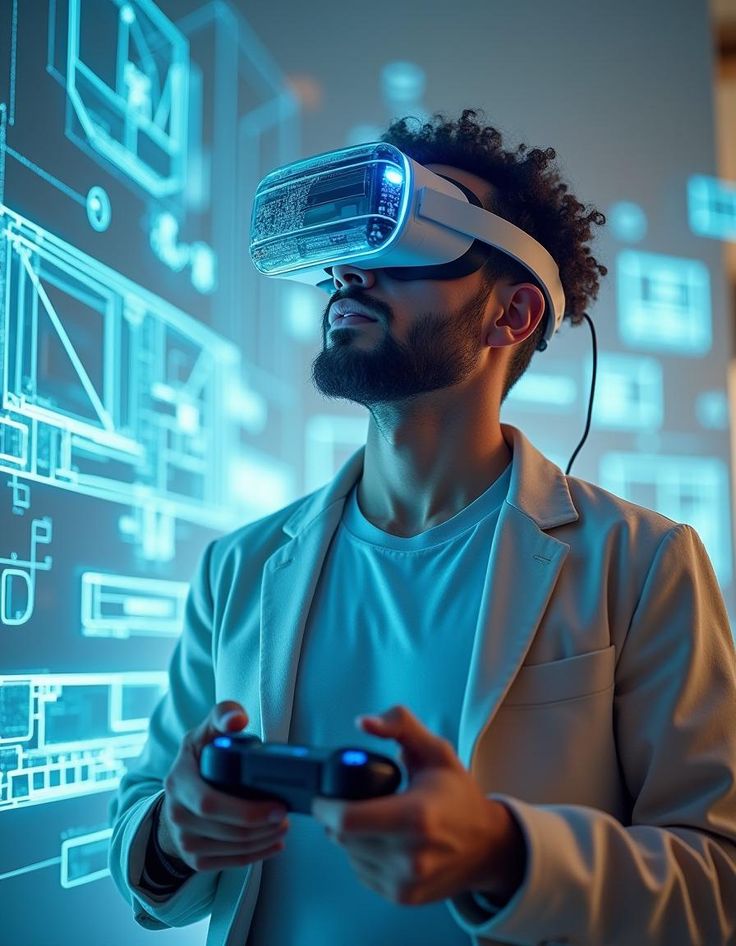
Virtual reality (VR) has rapidly evolved from a niche technology into a powerful tool that is transforming various industries. By immersing users in a simulated environment, VR creates experiences that can enhance learning, improve training, and offer entertainment unlike any other medium. As the technology continues to advance, numerous successful creations have emerged, demonstrating the vast potential of virtual reality.
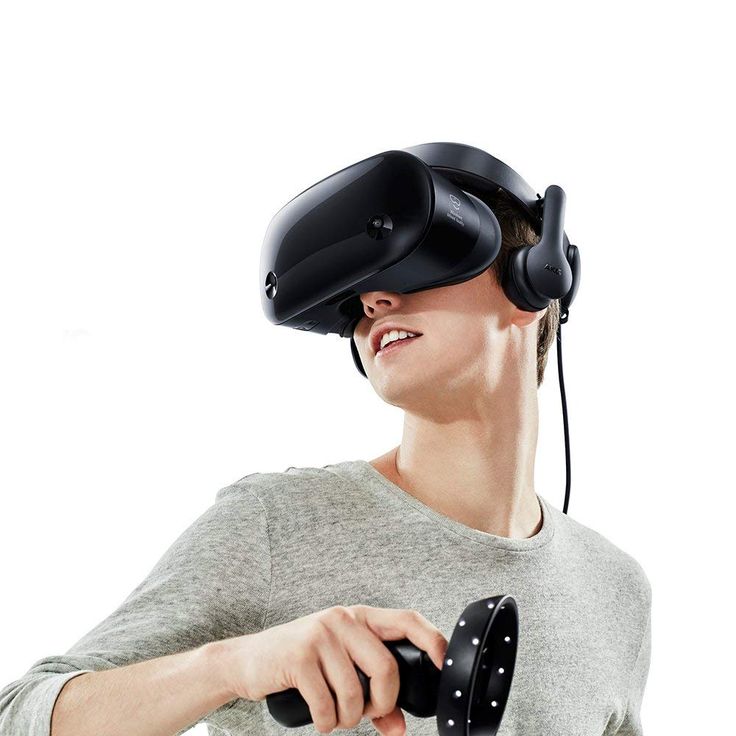
1. Gaming Experiences
One of the most well-known applications of virtual reality is in the gaming industry. Titles like “Beat Saber” and “Half-Life: Alyx” have set new standards for immersive gameplay.
Beat Saber combines rhythm and action, allowing players to slash through beats with lightsabers in a virtual environment. Its engaging gameplay and intuitive controls have made it a favorite among VR enthusiasts.
Half-Life: Alyx, a flagship title for the VR platform, showcaes storytelling and gameplay designed specifically for virtual reality. Its engaging narrative, detailed environments, and innovative mechanics have garnered critical acclaim and demonstrated VR’s potential for deep storytelling.
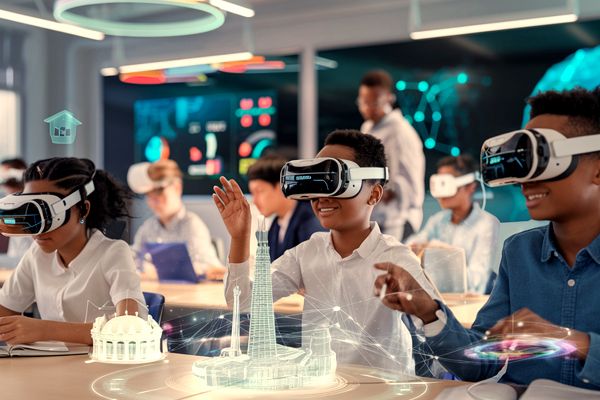
2. Training and Education
Virtual reality has found significant applications in training across various fields, particularly in medicine, aviation, and military training.
– *Medical Training*: Programs like Osso VR allow medical professionals to practice surgical procedures in a risk-free virtual environment. Trainees can hone their skills and gain confidence before performing real surgeries, ultimately improving patient outcomes.
– *Aviation Training*: Flight simulators have long been a staple of pilot training. VR has taken this a step further by providing immersive environments where pilots can experience various flight scenarios and emergencies, enhancing their preparedness.
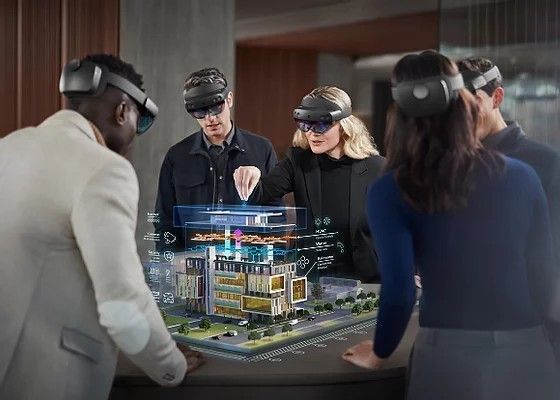
3. Architectural Visualization
Architects and designers are increasingly using virtual reality to present their projects. VR allows clients to “walk through” buildings before they are built, providing a tangible sense of scale and design.
– Companies like *IrisVR* offer tools that enable architects to create immersive walkthroughs of their designs. This not only aids in client presentations but also helps architects identify potential design flaws before construction begins.
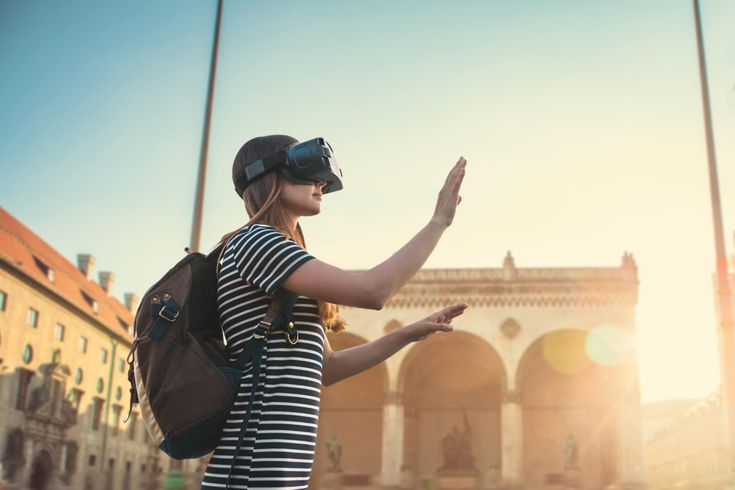
4.Virtual Tourism
As travel became restricted during the pandemic, virtual reality offered a way for people to explore the world from the comfort of their homes.
– *Google Earth VR* allows users to explore famous landmarks and natural wonders around the globe. Users can fly over cities, stand in front of the Eiffel Tower, or trek through the Grand Canyon, all in immersive 3D.
– Companies like *Ascape* offer virtual reality travel experiences that allow users to visit exotic locations, providing a taste of travel that can be especially appealing during times when physical travel is limited.
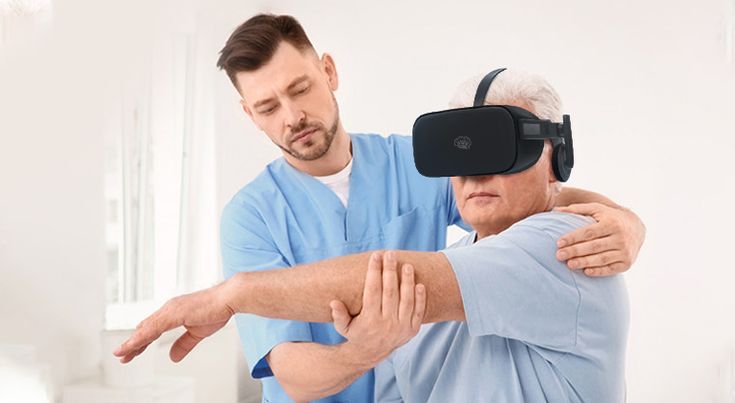
5. Therapeutic Use
VR is proving to be a valuable tool in therapeutic settings, particularly for mental health treatments.
– *Exposure Therapy: VR has been effectively used in treating phobias and PTSD. Programs like **Bravemind* expose patients to virtual environments that simulate their fears in a controlled manner, helping them confront and manage their anxieties.
– *Pain Management*: Studies have shown that VR can be an effective distraction for patients undergoing painful procedures. By immersing patients in calming virtual environments, their perception of pain can be significantly reduced.
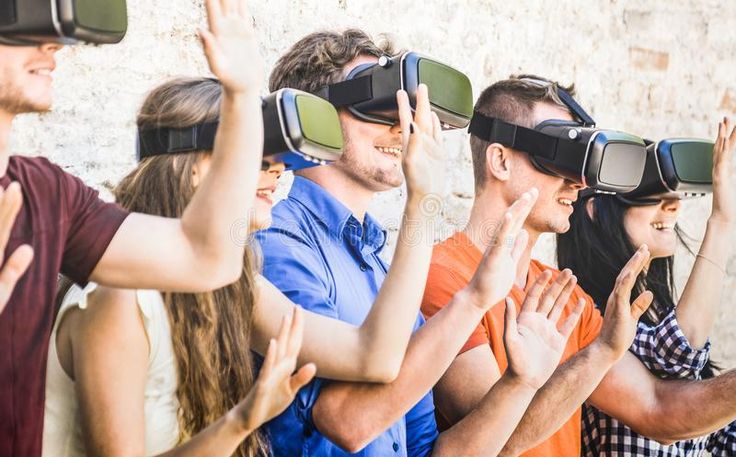
6. Social Interaction and Collaboration
VR is also redefining how people interact and collaborate, especially in remote work settings.
– Platforms like *Spatial* and *AltspaceVR* allow users to meet in virtual spaces, enabling collaboration and social interaction regardless of physical location. These platforms create immersive meeting rooms where teams can brainstorm, present ideas, and socialize in a more engaging way than traditional video calls.
Conclusion
The successful creations using virtual reality demonstrate its transformative potential across various sectors. From gaming and education to architecture and therapy, VR is reshaping how we experience the world and interact with each other. As technology continues to advance, we can expect even more innovative applications, making virtual reality an integral part of our lives in the years to come. The possibilities are vast, and as creators harness the power of VR, they are paving the way for a future that blurs the lines between the digital and real worlds.
